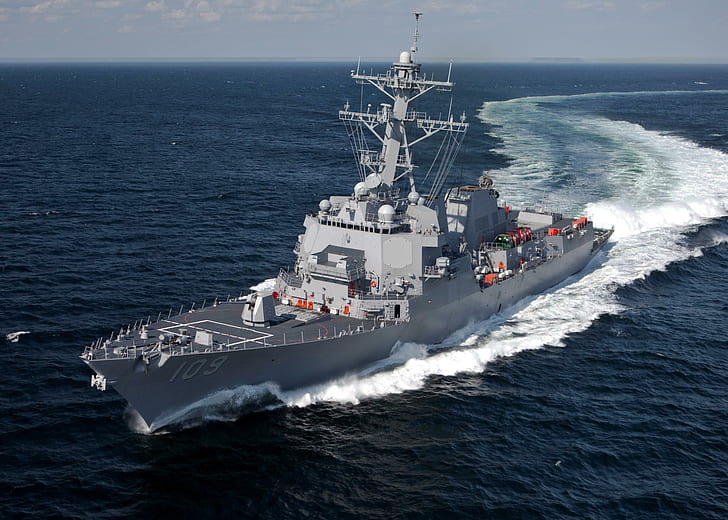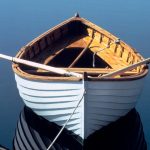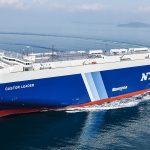Trials are one of the most important parameters for customer satisfaction. True that bad marriage doesn’t come with a trail run or a test period….it’s like a sentence for life…jokes apart ship trials are very important for owners as it helps then in ascertaining if all the contractual agreements have been satisfied. The topic is very glum by itself so kindly bear with me. Navy sea trials are one of the most important parameters for customer satisfaction.
SHIP TRIALS
Ship trials are carried out mainly to satisfy owner’s contract agreement with the yard. The main requirement being the specified service for a stated power and fuel consumption at the load draught
Trials also fulfil other functions
(i) Demonstrate that the ship, machinery and system perform satisfactorily at sea
(ii) Enable classification society and the Government surveyors to witness and approve various test in order that the necessary certificates can be issued which enables the ship to trade
(iii) Enable design data to be obtained e.g. ship model correlation and evaluation of changes in hull form, rudder and propeller
SPEED TRIALS:
Speed trials are carried out to establish relationship between speed, power and rev/min at the trial draught the usual method is to use 3 or 4 speed points determined by the engine speed or power and the vessel run at each point over a measured distance either by sighting landmarks (usually 1 nm apart) or by using radio positioning methods. The time for the run is obtained and hence the ship speed as rev/min, torsion meter and thrust meter readings. Runs are carried out at each speed in alternate directions to counter tide changes and the results averaged. The wind speed and the direction are noted in case further refinement is required. Indicator cards are taken and fuel consumption noted on each run. Curves are eventually plotted of power and rev/min on a base of ship speed or vessel to correlate model and full size data.
STEERING GEAR TEST:
Steering test is carried out in the presence of classification society surveyor to demonstrate the mechanical functioning of the gear and its ability to satisfy rule requirements. When main steering gear units are fitted in duplicate (to avoid fitting auxiliary gear) each power unit must be able to steer the ship at navigable speed.
In addition the main gear and both units operating together must be able to put the rudder over from 350 on the other with the ship at maximum service speed. The time taken from 350 on one side to 300 is not to exceed 28 seconds in practise. In practise, both units are tested separately and together. Owners may also request additional permutations of cylinder and/or power units and occasionally astern steering trial may be requested. The automatic steering gear and the course recorder may also be tested at this time
ANCHOR AND WINDLASS TEST:
Anchor and windlass test are carried out in the presence of a classification society surveyor to verify the efficiency of the windlass. The windlass must be capable of raising an anchor from a depth of 82.5 to a depth of 27.5 m or 2 cable lengths at the mean speed of not less than 9 m/min. if the depth of the water is inadequate, a simulated condition can be considered. Although the test does not require both anchors to be lifted simultaneously on a windlass fitted with 2 cable lifters, this usually carried out and the time recorded. A visual check is also made to ensure that the anchors stow correctly and that the chain washing facilities are adequate.
TURNING CIRCLES:
It is useful to know the diameter of the circle the ship makes turning with the rudder hard over, particularly if the ship is to operate in congested or restricted waterways. Information obtained from may also be used for future rudder design. The test need only be carried out on the first of a class of vessel but is usually done for all the vessels.
STOPPING TRIALS:
In their simplest form consist of nothing but the time taken to completely stop the vessel when travelling at full speed ahead by reversing the engine as quickly as possible and bringing it to full speed astern. More data may be obtained by noting the speed, course and revs/min at uniform time intervals from full ahead to full astern and by plotting the path of the vessel during the test after correcting for tide and wind effects.
AIR RECEIVER TESTS:
When the main engines are arranged for air starting, the total air receiver capacity is to be sufficient to provide replenishment not less than 12 consecutive starts of each main engine if of the reversible type and not less than 6 consecutive starts if of non reversible type. This test is again to be performed in the presence of the surveyor.



Comments are closed